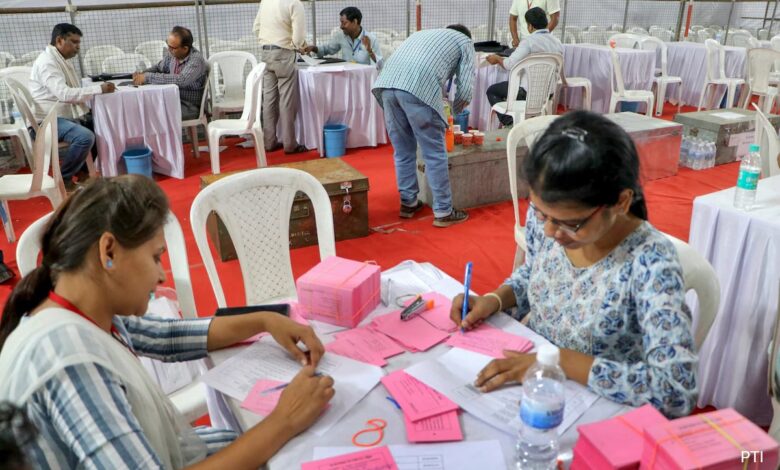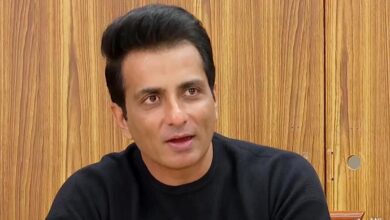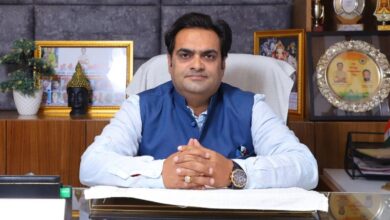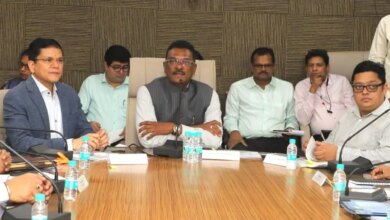NDTV Explains How Votes Are Counted

New Delhi:
Delhi voted on February 5 to elect its next government, and the results will be out on Saturday (February 8). The BJP is eyeing to dethrone the ruling AAP after a decade, banking on allegations of corruption against Chief Minister Arvind Kejriwal. The AAP, on the other hand, is using its “Delhi model” of health and education to showcase how the government has developed Delhi over the past 10 years. Exit polls have projected the BJP as the winner, but not every time they get it right.
Here’s an overview of the counting process:
The Returning Officer (RO), usually a government or local authority officer nominated by the Election Commission, is responsible for conducting the elections in a constituency. This includes counting of votes too.
The entire counting process is videographed and counting centres are monitored using CCTV cameras. Only counting staff, returning officers, security personnel, and agents are allowed inside during counting. The polling agents cannot leave the premises until the counting is over.
The lock of the strong room in each constituency is opened around 7 am by the Returning Officer and the ECI’s Special Observer. The EVMs are then taken out in the presence of candidates or representatives of each contesting party.
The counting process begins with the postal ballots at 8 am, as per Rule 54A of the Conduct of Elections Rules 1961. The counting of votes on the Electronic Voting Machine (EVM) is taken up 30 minutes later – or it can begin at the scheduled time if there’s no postal ballot to be counted.
The EVM’s control unit is first brought to the counting table. The RO first ensures that the paper seal on each control unit is intact and total votes polled match those mentioned in Form 17C.
The RO then matches the unique ID and seal on every control unit in the presence of each candidate’s representative.
On pressing a button, the control unit shows the number of votes received for each candidate. The figures are noted down in Part II of Form 17C after being shown to the counting supervisor and polling agents.
If the EVMs fail to display any result or there’s a glitch in the display panel of the control unit, VVPAT slips are used for counting.
The counting supervisor and polling agents of each candidate must sign Form 17C which mentions the candidate-wise result of each control unit. It is then sent to the RO who compiles a final result sheet.
After the counting of control units, VVPAT slips are taken up for counting. It is compulsory for the election officers to verify the VVPAT slips chosen randomly from five polling stations in each constituency.
In case of a victory margin being less than the number of postal ballots rejected, officers re-check all such rejected ballots before declaring the result. If there’s a tie – when two candidates get an equal highest vote – the Representation of People Act allows a draw of lots to declare a winner.
The RO declares the result and gives the winning candidate a certificate of victory.
A polling agent can demand a recount after the official announcement of the result if they suspect any irregularity.
The EVMs are returned to the strong room after the counting process. Election rules suggest the EVMs must be stored in the strong room for 45 days after the counting day.
Source link





